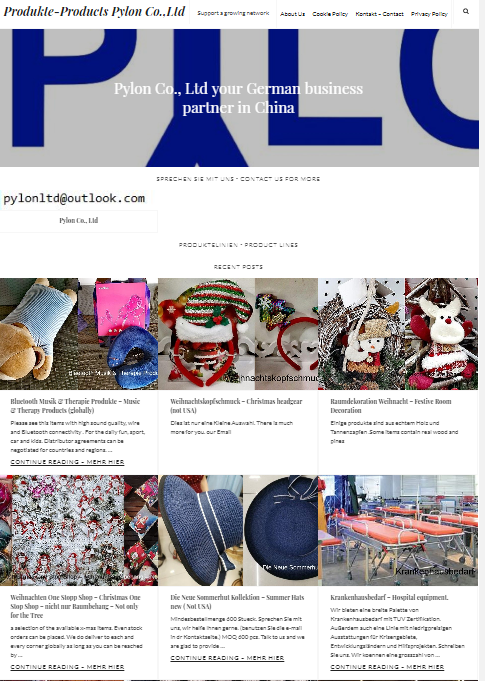- Details
-
Category: Governmental News
-
Published: Monday, 06 February 2012 09:56
In 2011, Ningbo had its GDP reaching 601.048 billion yuan, increased by 10.0% above the previous year calculated by comparable price. This figure doubles figure (287.44 billion) of 2006. In 2007, Ningbo's GDP broke through 300 billion; in 2009, 400 billion; in 2010, 500 billion. In short, Ningbo's GDP has broken through the 100 billion yuan make for successively four years.
In the five years after the 11th Ningbo Municipal Congress of Party Representatives, in face of the global financial crisis, Ningbo deepened the practice of the scientific development outlook, accelerated adjusting the modes of economic growth, and made steady progress toward the goal of building a moderately prosperous society in all respects and a modern international port city.
In the past 5 years, with steady increase of economic aggregate, Ningbo has made great positive results in industrial upgrading and structural adjustment. In particular, the development of advanced manufacturing industries and modern service industries has become great dynamic power for the economic development of Ningbo. In 2006, the proportion of the three industries is 4.8:55.1:40.1. After adjustment, in 2011, the proportion becomes 4.2:55.5:40.3. In 2011, the added value of industrial output reached 238.13 billion yuan, accounting for 21.9% of the total of Zhejiang, ranking No.1 of the province. In 2011, the added value of the service industry reached 241.94 billion yuan, increased by 10.7% above the previous year, 0.7 points higher than the growth rate of GDP. Of the service industry, the contribution by productive service industries further increased, reaching 54.8%.
In the past 5 years, Ningbo has steadily strengthened its ability of scientific and technological innovation, making it a guarantee for the sustainable development of the city. It has made several breakthroughs in the number of patent rights granted. In 2006, the total was 6,056, in 2009, more than 10,000, and in 2011, 37,342. Of the 15 the quasi-provincial cities of the country, Ningbo is only next to Shenzhen in terms of the granted patent rights. Quite a number of high-end creative institutions settled in Ningbo. The 10 public Technological Service Platforms were built and put into operation. For years Ningbo has been winner of the National Prizes for Progress in Science and Technology. Of the quasi provincial cities, Ningbo ranks the 4th for its comprehensive creativity. In 2011, the proportion of expenditures on R&D to the GDP rose to 1.8%.
In the past 5 years, the strengthened hard economic power has resulted in the steady growth of the soft power of the city and the significant improvement of people's lives. Ningbo won the title of National Wenming City for a third time. It has further improved the public cultural service system and basically formed the 15-minute cultural circles.
- Details
-
Category: Governmental News
-
Published: Monday, 06 February 2012 09:53
On the very first work day after the spring festival holidays, Yinzhou District held a meeting, mobilizing the work for the promotion of large construction projects.
It is reported that this year Yinzhou will start 106 large projects, involving investment of 92.5 billion yuan. These projects range from industrial projects, modern service projects, new-type urban economic projects, large platform-oriented projects, traffic projects, water conservation projects, ecological infrastructural facilities to the serving-the-people projects in education, public health and culture. These projects are related to the future development, the balanced urban and rural development and the people's livelihood. At the meeting, the district made a decision on the most important projects whose investment adds up to approximately 55 billion yuan. Yinzhou District Government signed responsibility agreements with related government departments to ensure that in this year the investment in the fixed assets shall exceed 40 billion yuan, and 12 billion yuan in industries.









